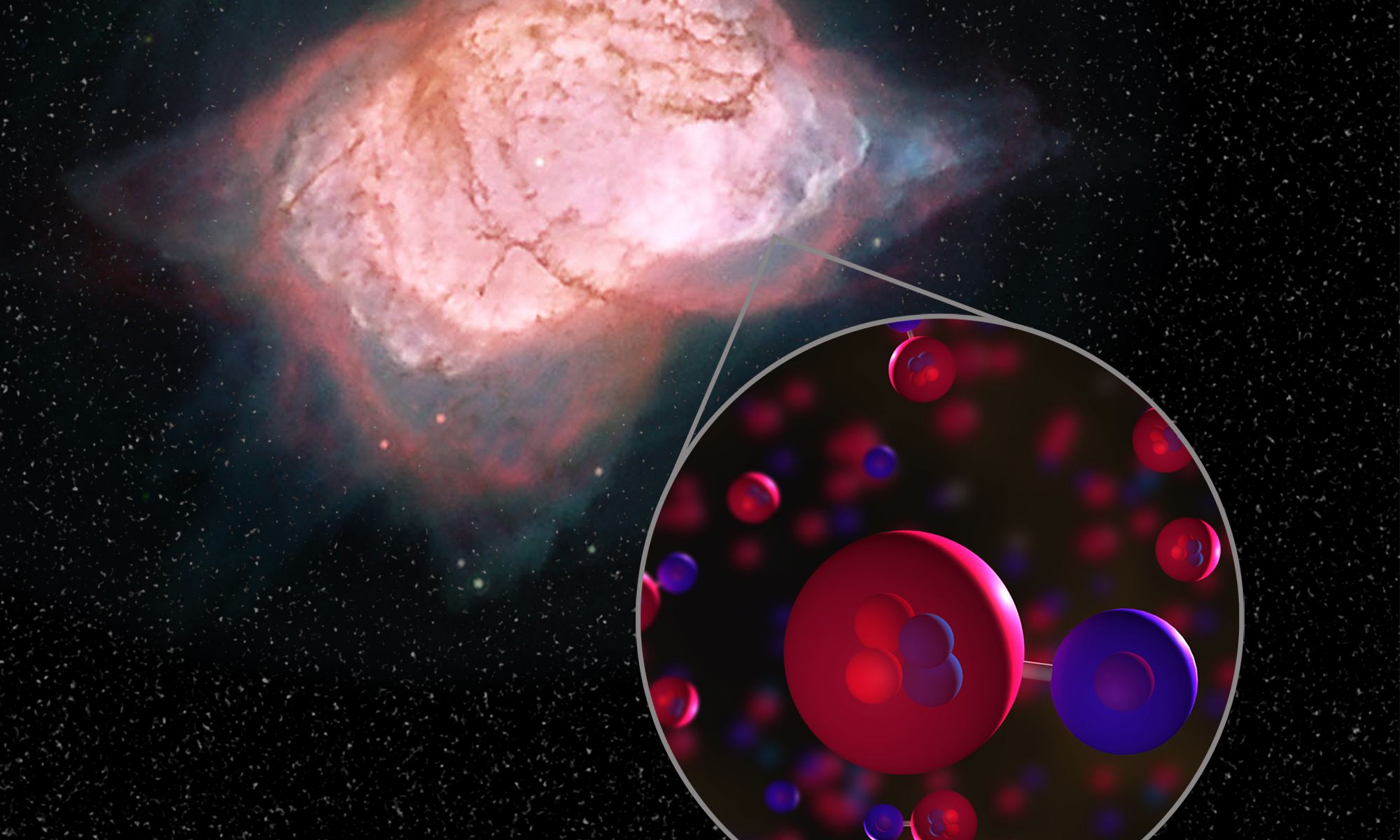Planetary nebulae are astronomy’s gateway drug. Their eye-catching forms make us wonder what process created them, and what else is going on up there in the night sky. They’re some of the most beautiful, ephemeral looking objects in all of nature.
The Hubble Space Telescope is responsible for many of our most gorgeous images of planetary nebulae. But the images are more than just engrossing eye candy. They’re documentation of a complex process that plays out over tens of thousands of years, all across the Universe.
And they’re a death knell for the star that dwells within.
Continue reading “New Hubble Photos of Planetary Nebulae”

